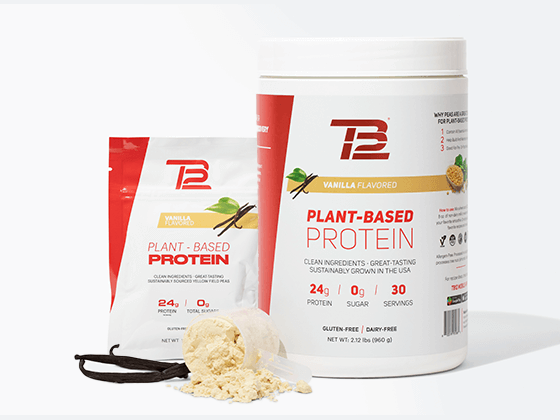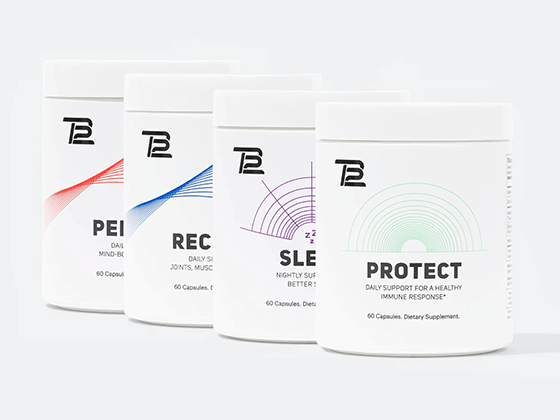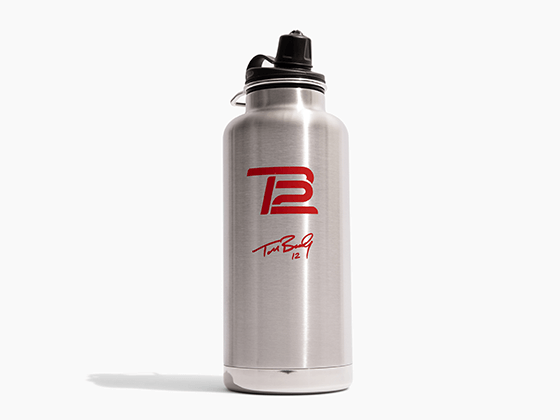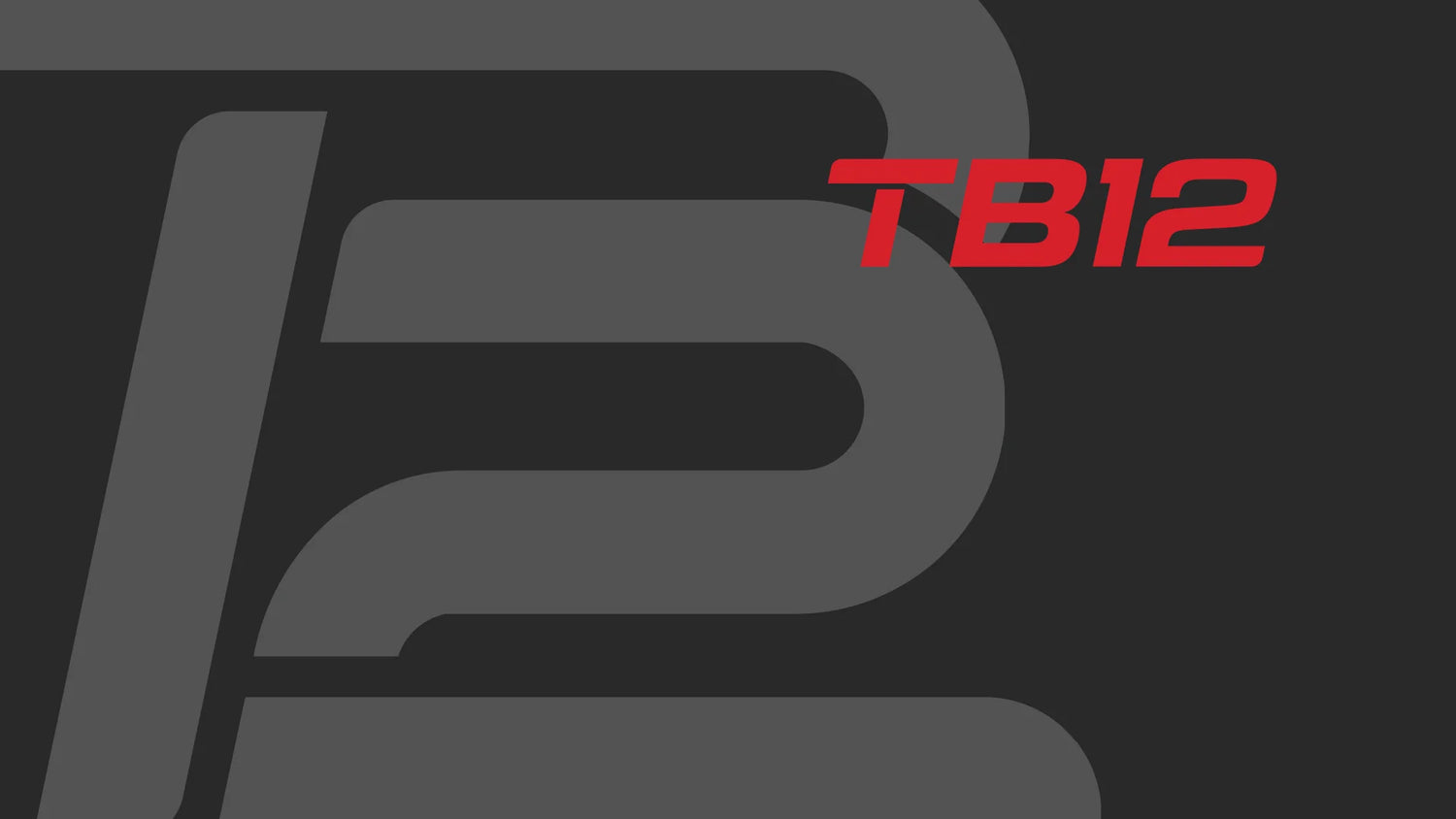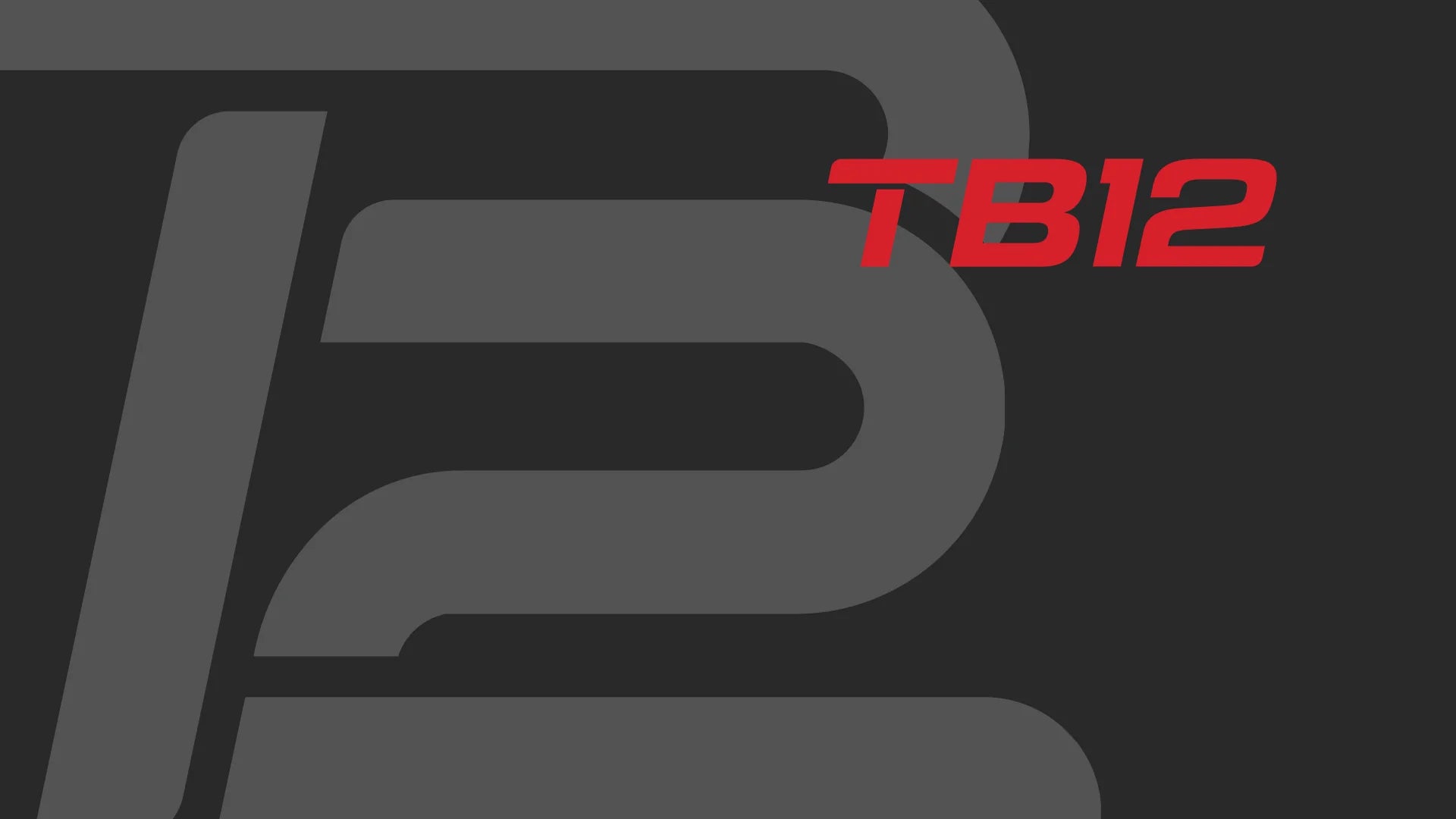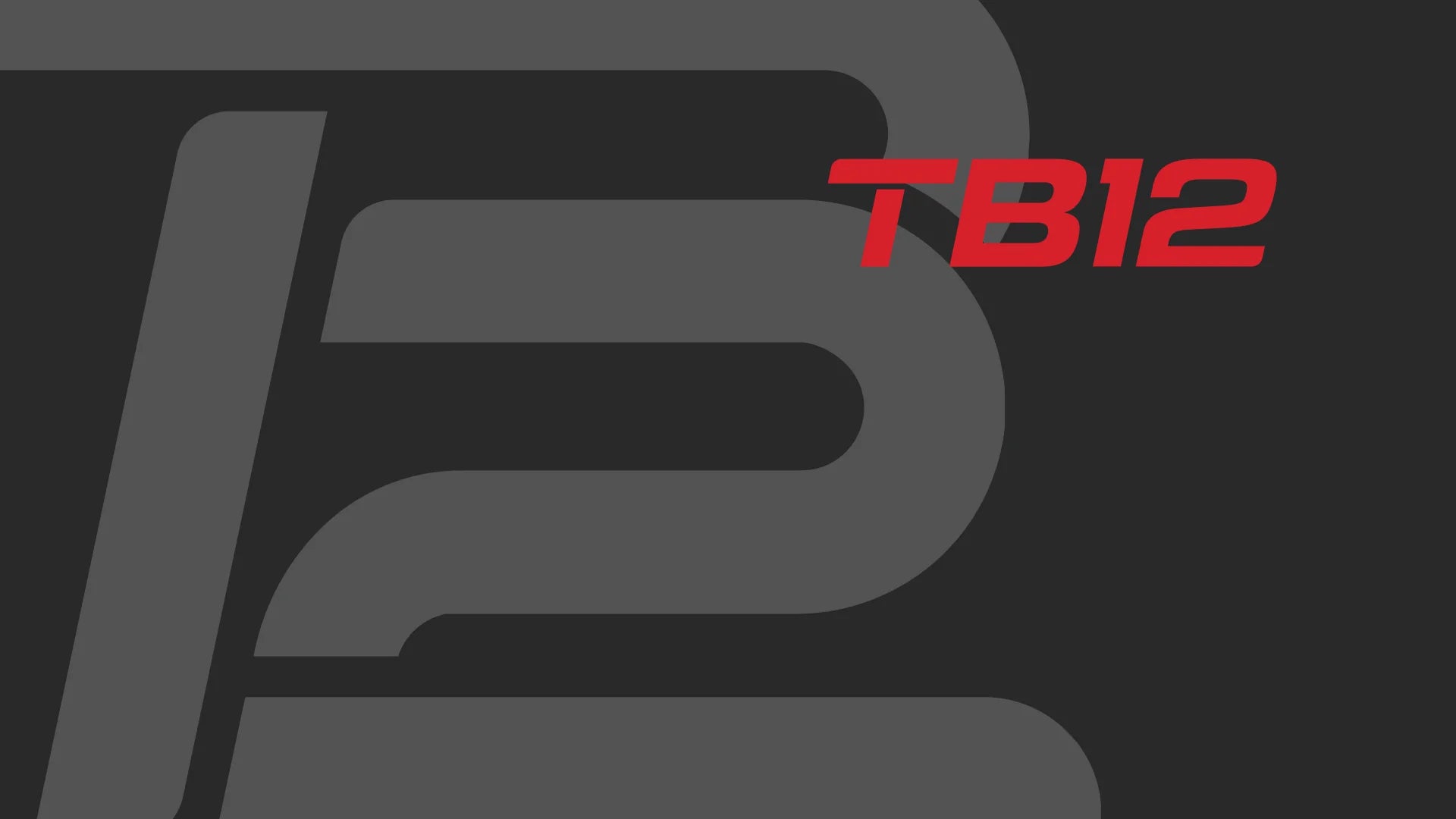We love resistance bands because they allow for training with a large, fluid range of motion that improves your functional strength, stability, and mobility without overloading your muscles and joints.
The most common misconception about training with resistance bands is that they’re just for rehab or toning muscles and won’t actually get you stronger or help you build muscle mass – this couldn’t be further from the truth! Different resistance bands offer varying levels of tensile strength, meaning you can build up to a higher resistance level much like you would use heavier weights to enhance a workout.
Incorporating some or all of the following exercises into your at-home training program is a great way to diversify your workouts and start building muscle with resistance bands:
- Bird Dogs
No equipment necessary. This is one of the most functional exercises you can find. Work toward performing three sets of 10 on both sides. Resistance Band Push-Ups Requires one long looped band. This exercise is a slightly more challenging version of a basic push-up and is an example of an upper-body exercise that calls on lower body and core muscles. Perform one set, as many quality reps as you can. - Anterior Reach
No equipment necessary. This is an exercise that works to improve balance and proprioception (your sensory awareness of body position). Work toward three sets of 10 on both sides. - Band Resisted Squat
Requires a long looped band and a short looped band. This exercise is a slightly more advanced version of a bodyweight squat. Beginners should first target mastering a good bodyweight squat.
A First Step:
Every day you have a chance to make choices that can help you live a healthier and better life. The TB12 Method is founded on these gradual changes and smart choices, and making the holidays a time to adopt this approach is challenging, fun, and will help you stay in balance.
Want more? With the TB12 App, you have access to a complete at-home training program based on the equipment you have available to you.
3 Guiding Principles
- Strengthen Your Core: Your core includes several muscle groups, including abdominals, obliques, low back, and quads. Good core stability helps you use these muscles to carry out the functions of life they’re designed for without putting excess stress on your knees, ankles, neck, shoulders, or spine. If you're absorbing a lot of external forces during sports or your daily routine, a strong core is fundamental — but it is also helpful in all aspects of your life.
- Focus On Form: Correct form is the foundation of proper exercise execution and should always be your focus when performing an athletic movement. As soon as you notice that proper movement is compromised, end the set. Exercising with poor form “programs” your brain for the wrong movement patterns — leading to performance sacrifices and the potential for injury.
- Hydrate The body's lymphatic system — which helps “vacuum out” damaged cells and fight infection — is 95% water, so ensuring your body is getting the water it needs is essential for staying toxin-free. Aim to drink half your body weight in ounces of water every day. To maximize absorption, you can enhance your water with high-quality electrolytes.

